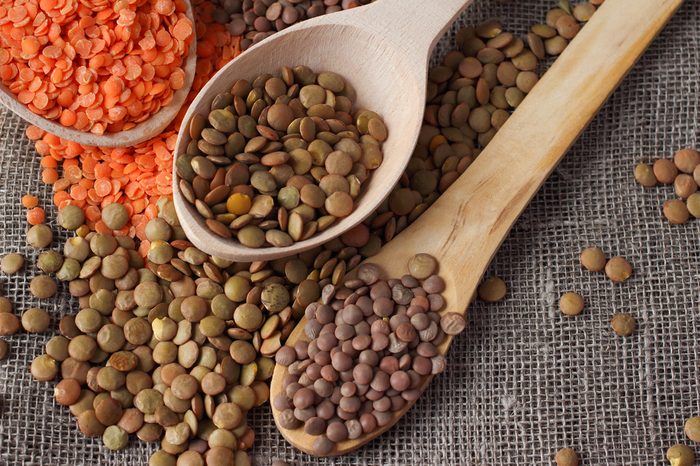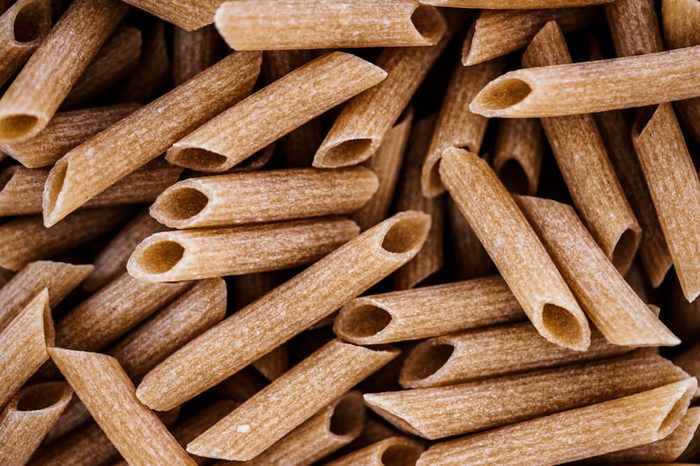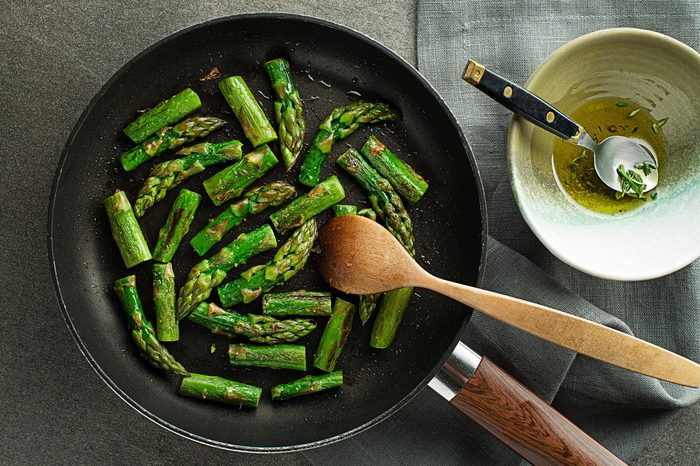
Are you getting enough folic acid and folate?
Folate is a B vitamin that helps the body make new cells. It’s especially crucial for women of childbearing age or who are pregnant or trying to get pregnant, because adequate intake can prevent major birth defects. This group should consume 400 to 800 mg of folic acid (the synthetic form of folate) a day. But the benefits of folate go beyond pregnancy: researchers have discovered that folic acid may help prevent certain cancers and heart disease. Aim for 400 micrograms of folic acid or less—just because some is good doesn’t mean more is better. Here, the best sources of folate and folic acid in your diet.

Breakfast cereal
Since 1998, the government has required breads, cereals, pasta, flour, rice, cornmeal and other grain products, be fortified with folic acid to help reduce birth defects. Many cereals contain 100 percent of the daily value of folic acid in just one serving, so check the labels to find the best choice. Have a bowl of cereal in the morning with low-fat milk, or use dry cereal as a yogurt topping.

Cooked lentils
A half-cup of these hearty legumes contains 180 micrograms of folate, as well as plenty of protein and fiber. Have them as a side dish with dinner or toss them in salads or soups. Lentils are also a great protein source for vegetarians. Here are more reasons to eat lentils.

Enriched pastas
Per fortification requirements, one cup of cooked enriched whole-wheat pasta contains about 160 micrograms of folic acid—not to mention up to 25 percent of your daily fiber need. Don’t make this mistake when cooking pasta.

Spinach
A half-cup of steamed leafy greens has 131 micrograms of folate. Stir cooked spinach into your favorite marinara sauces, soups, casserole dishes, and omelets, or enjoy it on the side. Raw spinach blends well into smoothies or made into a salad. Check out these strategies to sneak more spinach into your meals.

Cooked asparagus
Packed with antioxidants that slow the aging process, asparagus also offers 121 micrograms of folate in a half-cup serving. Bonus: Since it’s a natural diuretic, it can help your body flush out excess salt and decrease bloating. Eat it as a side dish to any meal, add it to omelets and frittatas, or roll it up in a warm tortilla with cooked chicken and other veggies.

Dry-roasted sunflower seeds
Eat sunflower seeds and your ticker will thank you. A quarter-cup serving contains 76 micrograms of folate as well as 62 percent of the daily value of vitamin E, which has anti-inflammatory properties that boost heart health. (Stick with the unsalted version to reduce sodium in your diet.) Sprinkle them on your oatmeal, cereal, salads, snack mixes, stir-fries, and yogurt to add crunch. Check out more about the health benefits of sunflower seeds.

Eggs
One large egg contains 25 micrograms of folate. For a mere 80 calories per egg, add a couple of hard-boileds to your breakfast, slice them on top of your salad at lunch, or add a fried egg over a pasta dish for dinner. Here are over 50 ways to cook your eggs for any meal.
